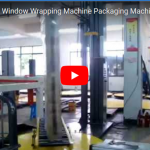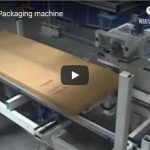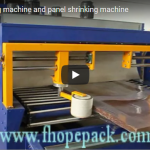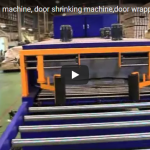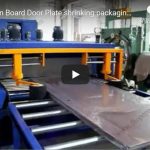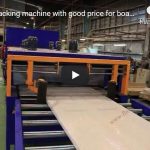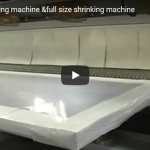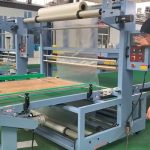It is able increasing your throughput by simply load your products, attach film,and push start bottom.
It can be a good way to low voulme door packing to replace the manual film wrapping around the door.
The vertical type door wrapping machine is for saving cost packing solution per door and panel handling. Normally it is for light package and small quantity in packaging volume. For heavy door or panel and high speed packaging, the suggested solution is automatic door packing solution on: https://www.fhopepack.com/Door_packing_machine.html
